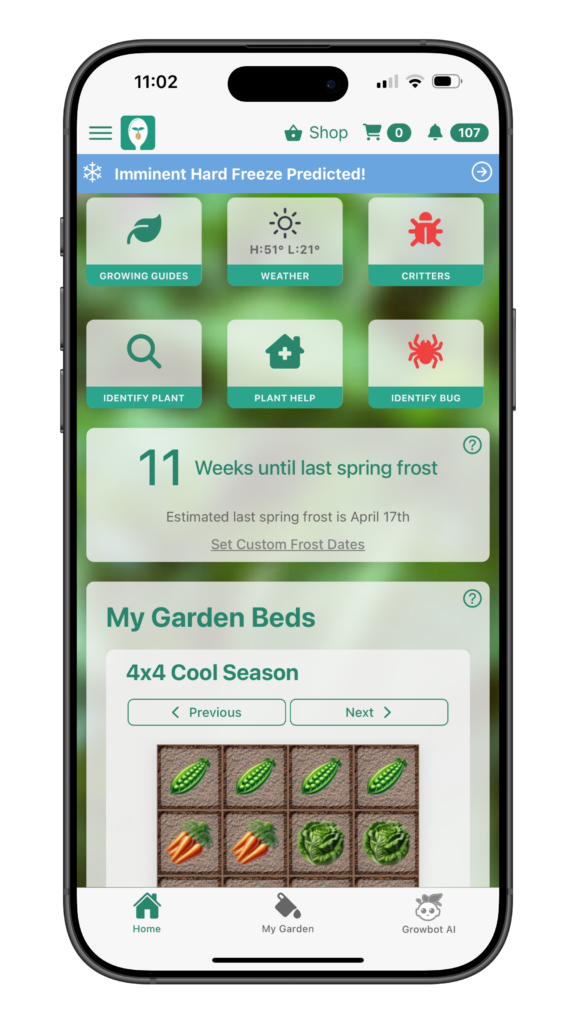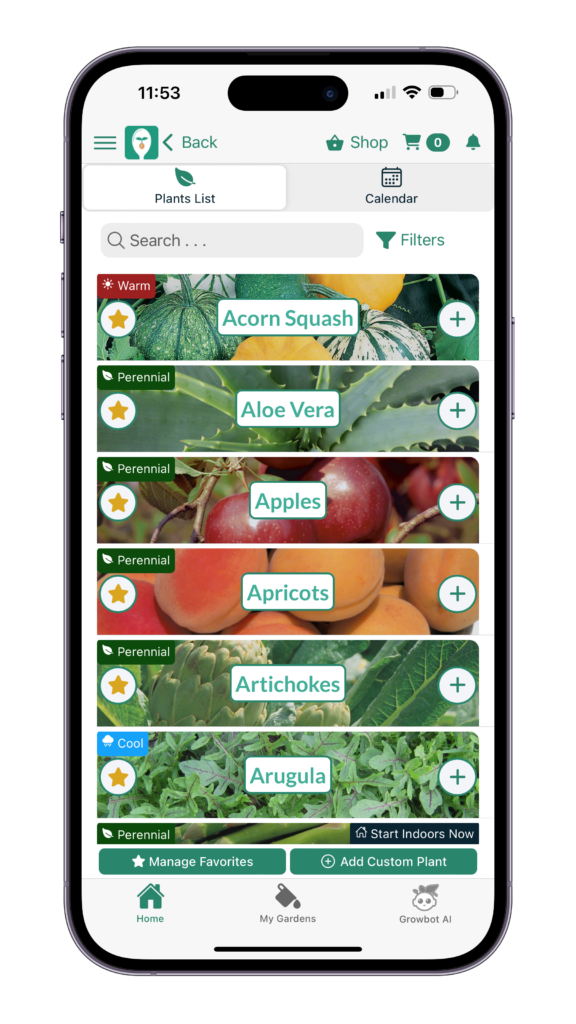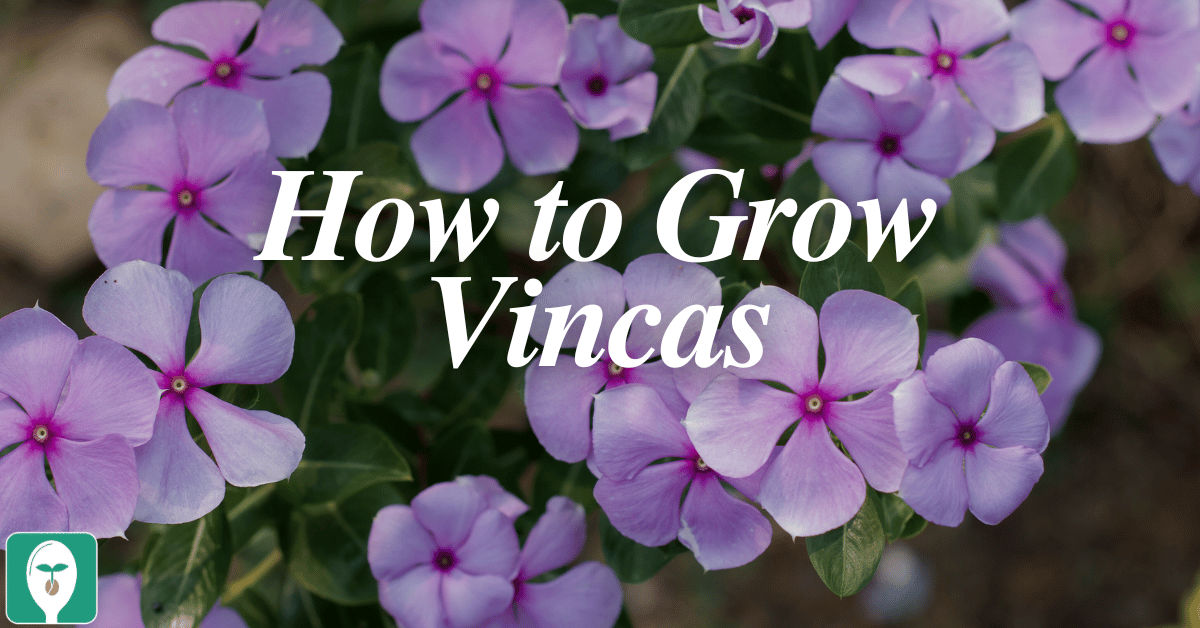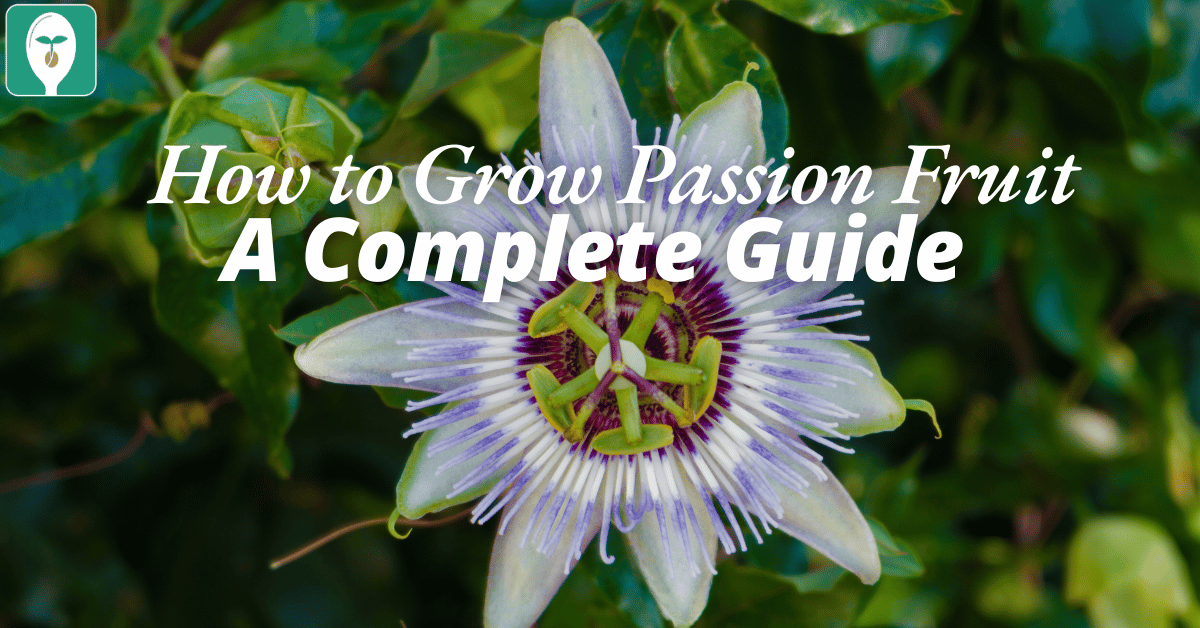Impatiens: A Stunning Shade-Loving Flower You Can Grow!
Looking for a vibrant, easy-to-grow flower that thrives in the shade? Impatiens are a top choice for gardeners who want continuous color in their flower beds, containers, and hanging baskets. Whether you’re filling in a shady spot or adding pops of color to your landscape, impatiens deliver lush blooms from spring to fall. Plus, you can find all the growing details for impatiens in the Seed to Spoon app, making it easier than ever to plan your garden!
Why Grow Impatiens?
Impatiens are known for their bright, eye-catching blooms in shades of pink, red, white, purple, and orange. Unlike many flowers that require full sun, impatiens flourish in partial to full shade, making them perfect for under trees, along shaded borders, and in north-facing gardens.
Key Benefits of Growing Impatiens:
✅ Continuous Blooms – Flowers non-stop from spring until the first frost.
✅ Thrives in Shade – Ideal for areas where other flowers struggle.
✅ Low Maintenance – Requires minimal care once established.
✅ Perfect for Containers – Grows beautifully in pots, window boxes, and hanging baskets.
✅ Attracts Pollinators – Draws bees and butterflies to your garden.
How to Grow Impatiens from Seed
If you want to grow impatiens from seed, starting indoors is recommended for the best results. Here’s how:
1. Start Indoors Early
📅 When to Start: 8-10 weeks before your last spring frost.
🌱 How to Sow: Scatter seeds on the surface of seed-starting mix and lightly press them in. Do not cover deeply, as impatiens seeds need light to germinate.
🌡 Germination Time: 14-21 days at 70-75°F (21-24°C).
💧 Watering: Keep the soil consistently moist but not soggy.
2. Transplanting Outdoors
🌿 When to Plant: After all danger of frost has passed.
☀️ Sunlight Needs: Partial to full shade.
📏 Spacing: 4-6 plants per square foot for a full, lush look.
Caring for Impatiens
🌿 Watering: Impatiens prefer consistently moist soil, so water 2-3 times per week, or more often in hot weather.
🌱 Fertilizing: Feed every 2-3 weeks with a balanced 10-10-10 fertilizer to keep blooms vibrant.
✂️ Deadheading: Not required! Impatiens naturally drop spent flowers and keep blooming.
Common Pests & Issues
Impatiens are generally hardy, but they can occasionally face pest problems. Aphids, spider mites, and thrips can target these plants, especially in warm, humid conditions. If you notice curling leaves, tiny webs, or sticky residue, use an organic insecticidal soap or neem oil to manage pests.
Find Impatiens in the Seed to Spoon App!
Want to track your impatiens’ progress, set reminders for watering, and get personalized gardening tips? The Seed to Spoon app has all the details you need! Easily plan your garden, learn about companion planting, and troubleshoot common growing issues.
📲 Download the Seed to Spoon app today and start growing beautiful impatiens in your garden!
Learn more about growing over 100 different foods, including how to manage various pests in our FREE iOS, Android, or new Universal Web App!

Carrie Spoonemore, co-founder of “From Seed to Spoon,” stands as a beacon of inspiration for gardeners and health enthusiasts alike. Her journey alongside her husband, Dale Spoonemore, in creating a platform that demystifies gardening and promotes a healthier lifestyle, has made a significant impact on individuals around the globe. Through the “From Seed to Spoon” app, Carrie has dedicated herself to empowering people to take control of their health and environment by growing their own food.
With a profound belief in the power of gardening to improve mental and physical health, Carrie’s contributions to the Seed to Spoon blog reflect her holistic approach to wellness. Her articles often focus on the nutritional benefits of homegrown fruits and vegetables, organic gardening practices, and the mental health benefits of spending time in nature. Carrie’s expertise in health science shines through in her detailed discussions on how specific plants can contribute to a balanced diet and overall well-being.
Carrie’s passion for gardening is deeply intertwined with her commitment to family and community wellness. She frequently shares personal stories of how gardening has brought her family closer together, offering practical tips for involving children in gardening activities and making it a fun, educational experience. Her writing encourages families to explore gardening as a means of spending quality time together while learning about nature and sustainability.
In addition to gardening advice, Carrie’s contributions to the blog include insights into the use of technology to enhance the gardening experience. She has played a crucial role in designing the “From Seed to Spoon” app to be user-friendly, ensuring that users of all ages and backgrounds can navigate the complexities of gardening with ease. Her vision for the app is not just as a gardening tool but as a vehicle for change, inspiring individuals to adopt a more sustainable lifestyle by growing their own food.
Carrie Spoonemore’s presence on the blog is marked by her compassionate approach to teaching and her unwavering belief in the transformative power of gardening. Her work continues to inspire a community of gardeners to pursue a healthier, more sustainable way of living, proving that with the right tools and knowledge, anyone can become a gardener and advocate for their health and the planet.









